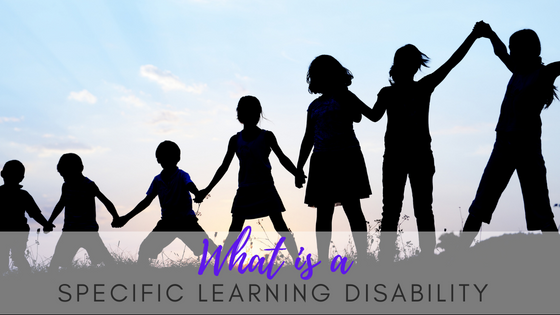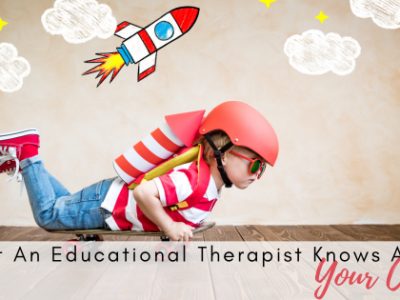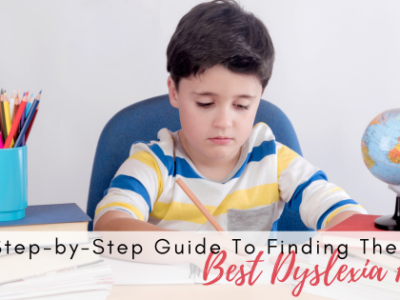
What Is A Specific Learning Disability?
Speaking, listening, reading, writing, spelling, and even thinking are daily tasks that so many of us do with ease. Whether you’re scrolling the internet, giving a presentation, or simply carrying on a conversation, these everyday things require so many functions of the brain to operate in just the right way. And for most of us, we just carry on without considering how hard our brain is working with our body to make all these things happen.
However, when someone has a Specific Learning Disability (SLD), they have a disorder in one or more of the basic psychological processes that are involved in understanding or using language. When it comes to specific learning disabilities, there is so much to learn. Read on to find out more about specific learning disabilities:
Defining factors. Some defining factors of SLDs include a student having low academic achievement and needing a lot of support for average achievement. Oftentimes, a student with an SLD seems to have great potential for academic achievement, but his or her performance isn’t quite matching up to potential. Students with SLDs also tend to have deficiencies that aren’t explained by developmental disabilities, neurological, sensory, or motor disorders. SLDs are persistent, and accompanying learning problems do not tend to improve over time.
Assessments. There are some specific criteria a student must meet to be diagnosed with a specific learning disability. A variety of assessments will help to determine a student’s SLD status. These can include tests, grade average over time, and state administered assessments. A student is also assessed on meeting standards in oral expression, listening and reading comprehension, written expression, basic reading skills, reading fluency, and math calculation and problem solving. In this case, data will need to show that a student has received appropriate instruction in reading and math. A student may be evaluated for a specific learning disability by his or her school/district or other professional.
Some symptoms. Different SLDs have different symptoms, and students can experience or express symptoms in a variety of ways. Examples of symptoms include: difficulty sounding out words, poor hand-eye-coordination, disorganization, and inconsistent performance. These are just a few symptoms, though none completely capture the difficulties encountered with an SLD.
Many types. Once a student is diagnosed with an SLD, there are different subtypes that can be specified such as dyslexia—a language processing disorder, dysgraphia—which causes issues with vocabulary, spelling, grammar, and critical thinking, dyscalculia—also known as “math dyslexia,” auditory or processing disorders, language processing disorder, visual deficit, or non-verbal learning disorder.
Sometimes, defining what a concept is not helps to gain an understanding of the definition. Here are a few things that SLDs are not:
Not just one disorder: SLDs can be experienced by people with conditions such as perceptual disabilities, brain injury, minimal brain dysfunction, and developmental aphasia.
Not just any learning problems: SLDs do not include learning problems that are the result of visual, hearing, or motor disabilities, intellectual disability, emotional disturbance, or environmental cultural, or economic disadvantage.
There is great help available for students with SLDs. While these learning disabilities are often lifelong conditions, timely diagnosis, support, and treatment can help students to be successful. Dyslexia on Demand is an online service that exclusively provides students with help from the highest level of trained dyslexia professionals. With Dyslexia on Demand, students work with a Certified Academic Language Therapist (CALT) multiple times per week. Through dyslexia therapy, students will be guided in a multisensory program with systemic instruction for both reading and spelling.
Great results for students with SLDs. Dyslexia therapy can build a high degree of accuracy, knowledge, and independence for students with the specific learning disability of dyslexia.
Seeking expert help for specific learning disabilities is one of the best things you can do for your student. The mission of Dyslexia on Demand is to make dyslexia therapy available to students all over the nation with online programs. Developing tailored reading skills and strategies can help to change the lives of students. Working with CALTs one-on-one or in a group setting makes a big difference. The work students do can help to boost their self-confidence and increase their interest in reading.
Dyslexia on Demand is ready to help your student succeed. For more information on help for students with specific learning disabilities, contact Dyslexia on Demand.







